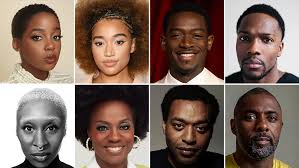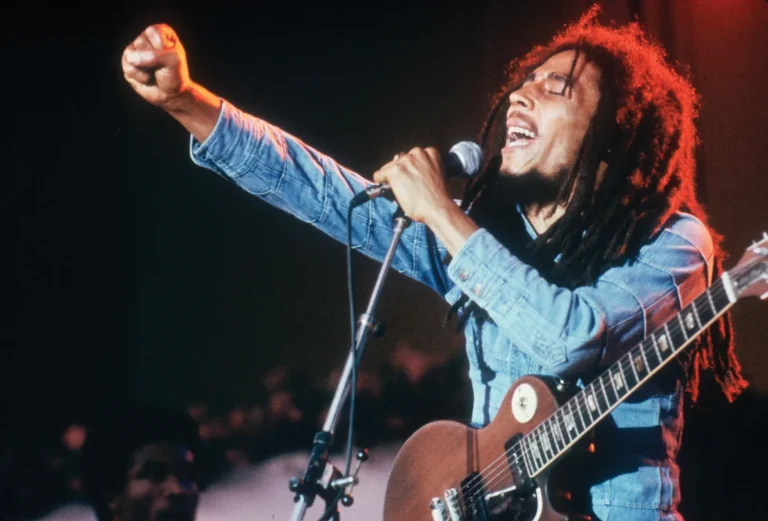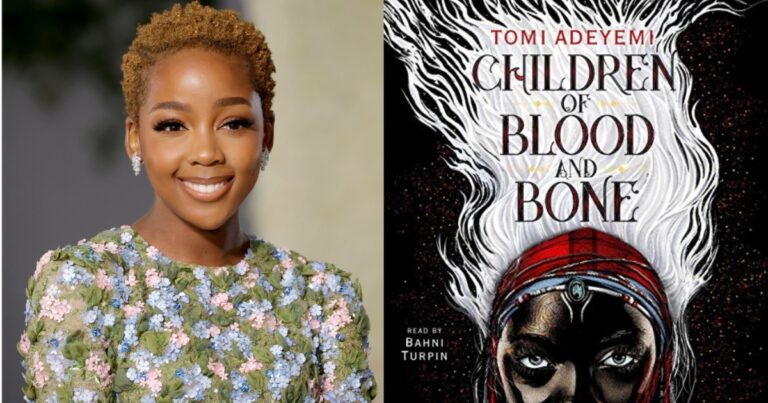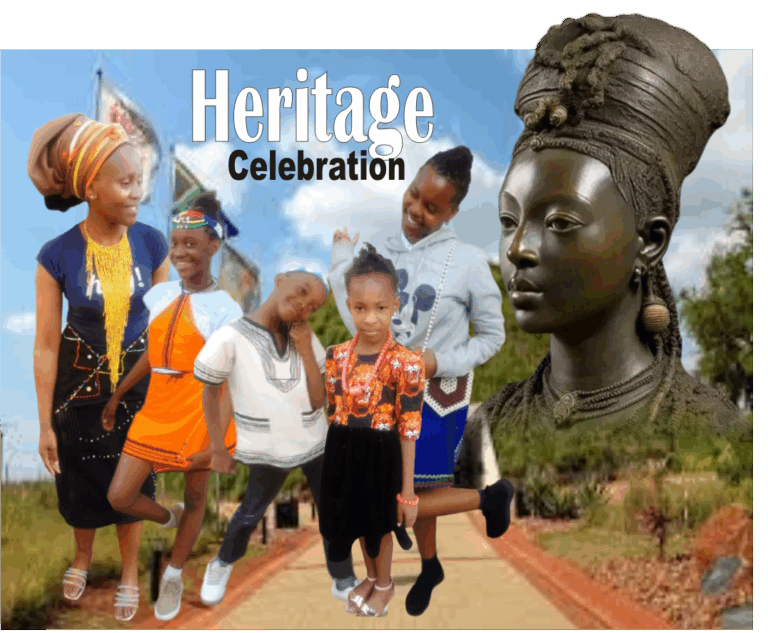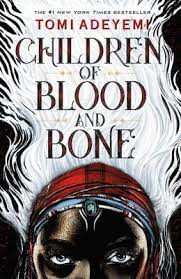
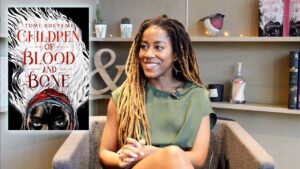
TOMI ADEYEMI author
Nigerian-American author Tomi Adeyemi’s first young adult book is titled Children of Blood and Bone. Part of a trilogy now known as the Legacy of Orïsha, it was published in 2018. The Children of Virtue and Vengeance from 2019 and the Children of Anguish and Anarchy from 2024 are also part of the trilogy. On the New York Times bestselling list, all three books were first published.It has been confirmed that Children of Blood and Bone, Tomi Adeyemi’s debut young adult book, will shortly be made into a movie. After years of development, the literary phenomenon seems poised to move from paper to screen with the official cast announcement for the upcoming movie.
In the Legacy of Orïsha series, Zélie Adebola, a young girl with magical abilities, fights an oppressive monarchy and sets out to return the magic to her people. According to the synopsis of the first book, “Zélie Adebola recalls a time when the magic in Orïsha’s soil hummed.” Zélie’s Reaper mother called forth souls, Tiders beckoned seas, and burners stoked fires. However, the night magic vanished, and everything altered. A cruel king ordered the murder of Maji, depriving Zélie of a mother and her people of hope. Zélie now has a single opportunity to resurrect magic and challenge the monarchy.
Zélie has to outsmart and outpace the crown prince, who is determined to permanently eradicate magic, with the aid of a rebellious princess. Orïsha, where malevolent ghosts wait in the waterways and snow leoponaires hunt, is a dangerous place. However, given her inability to manage her abilities and her developing love for an adversary, Zélie herself might be the most threat.
Children of Blood and Bone, which draws inspiration from Adeyemi’s West African heritage and combines fantasy and social criticism, is praised for its intricate world-building, which has frequently been compared to Harry Potter and The Hunger Games. In 2018, Adeyemi told Jimmy Fallon, “This epic story is on the first layer, but on the second layer, there’s this allegory for the modern Black experience.”
Casts for the movie
